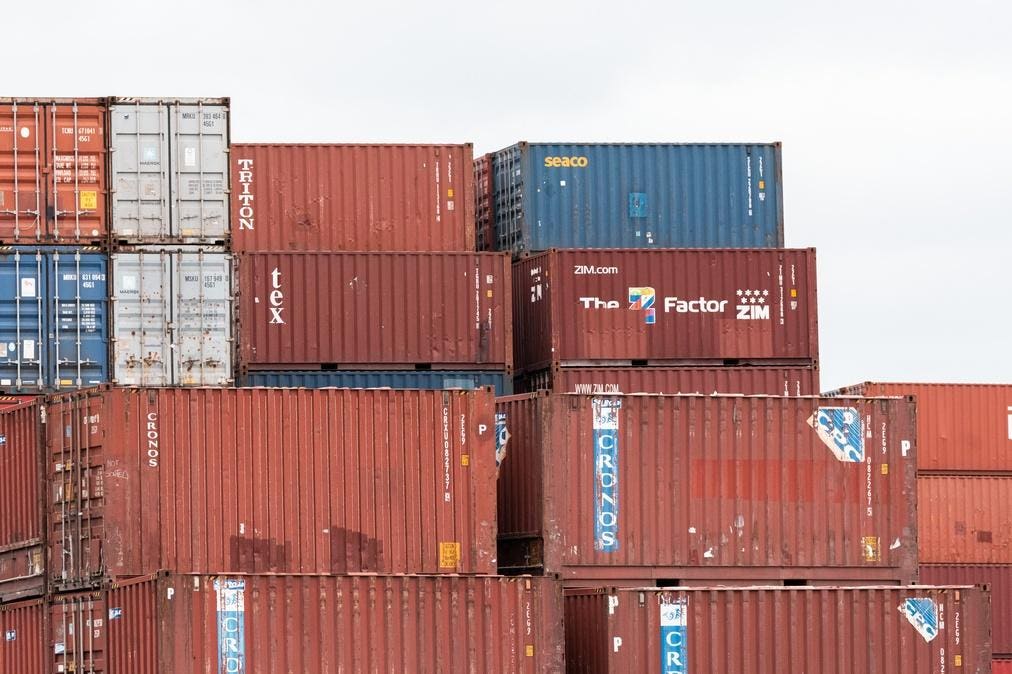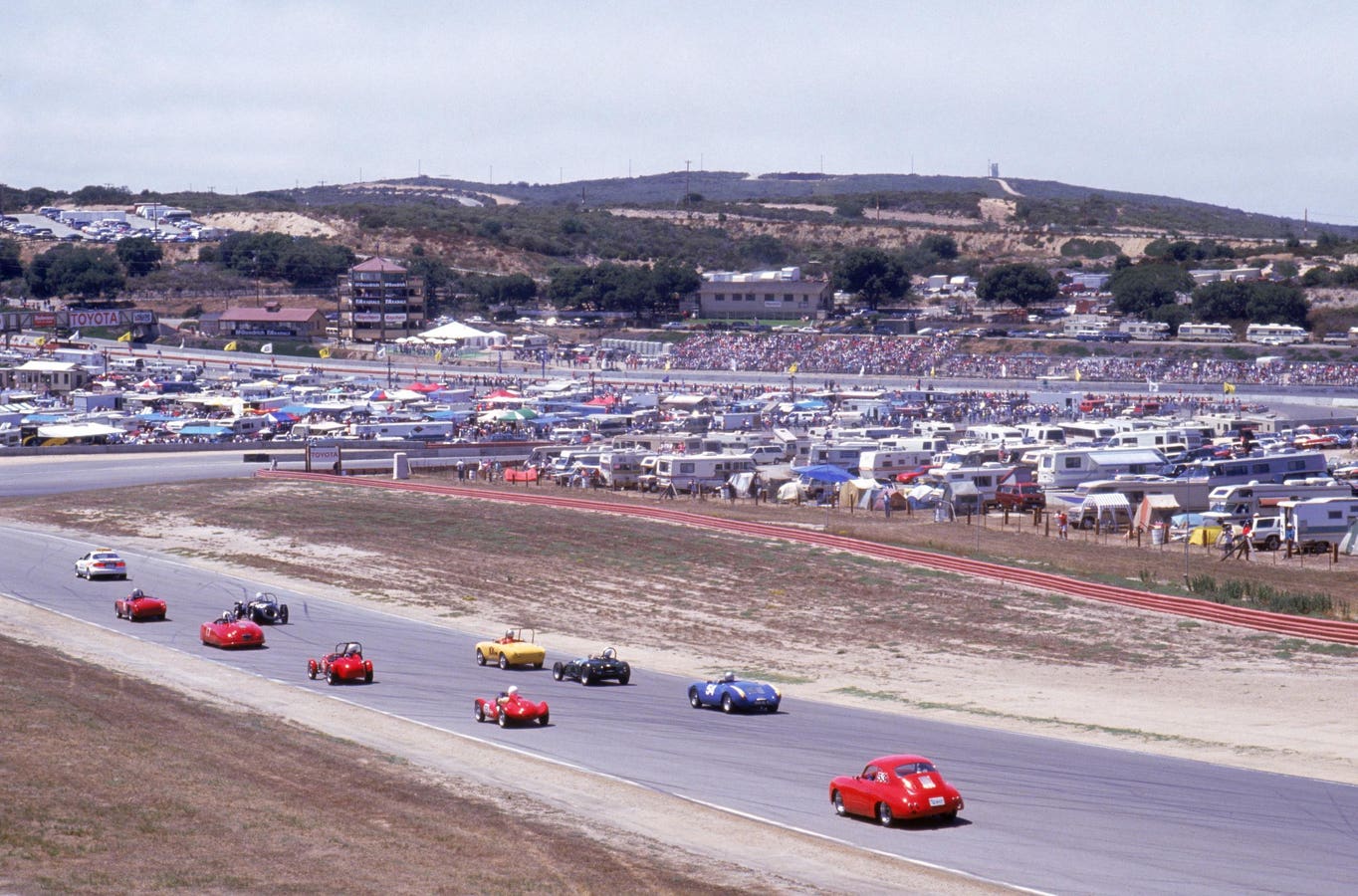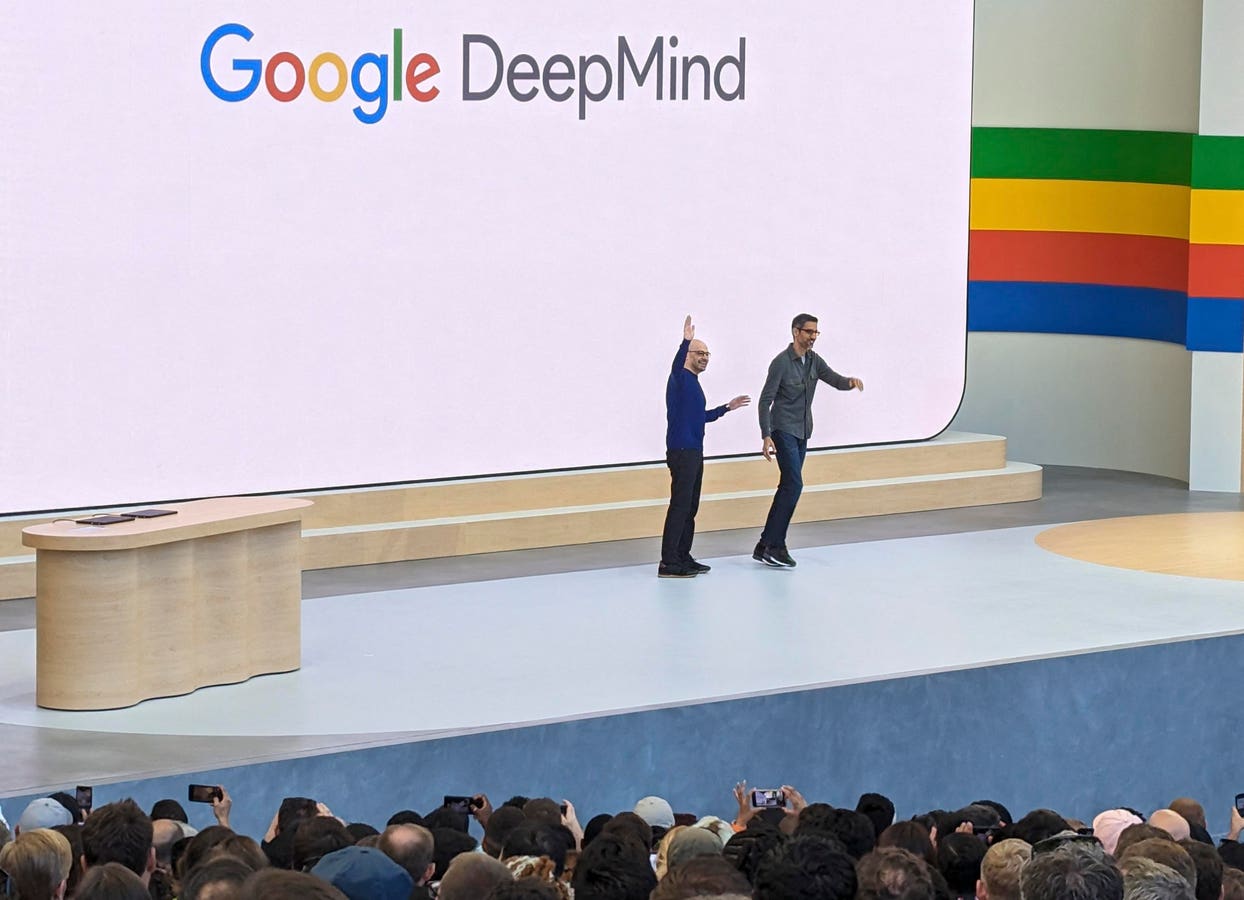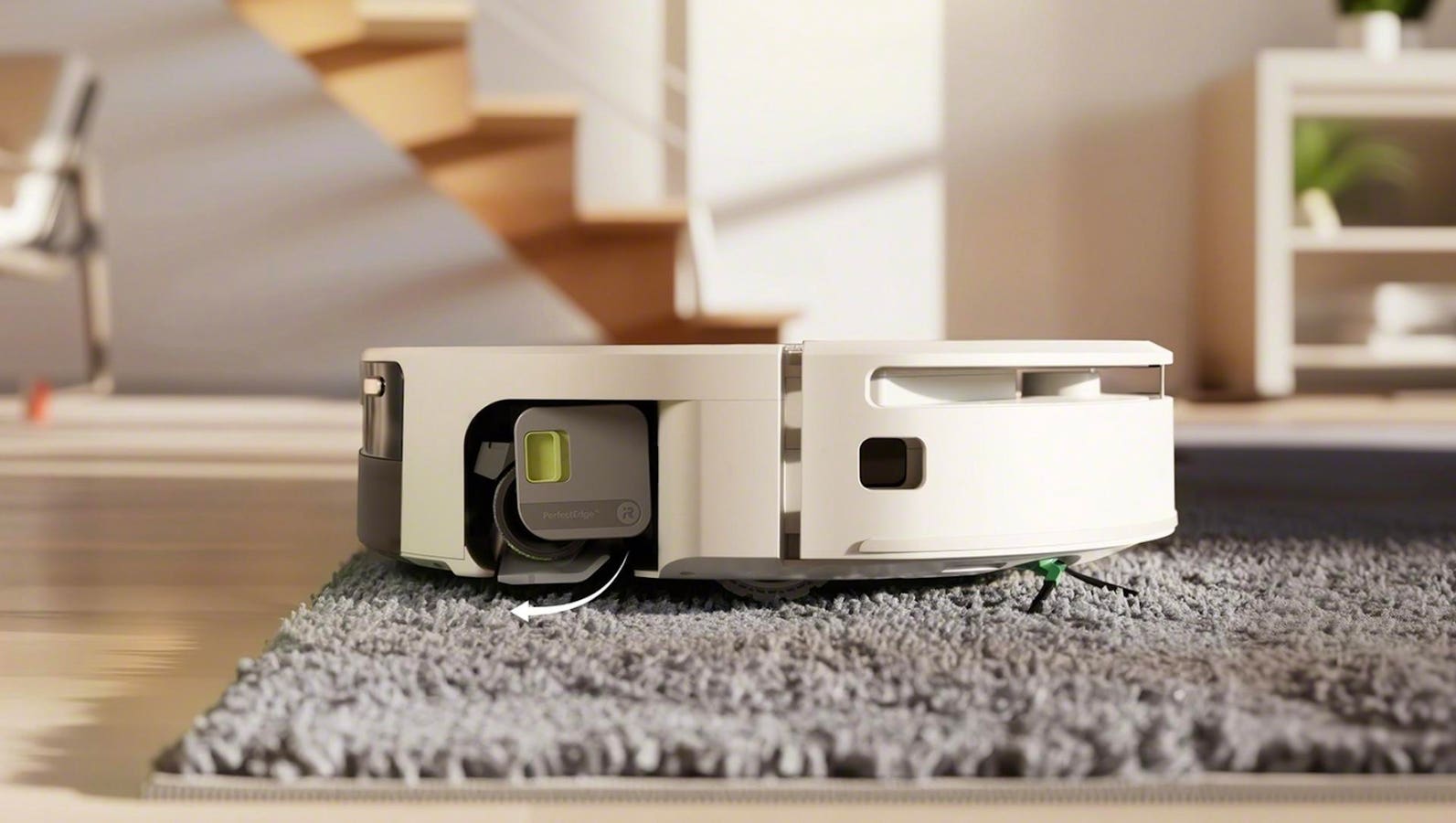Eyes emoji illustration. Eyeballs llustration. Social media reaction, emoji, emoticon. Funny cartoon isolated on white background. Cartoon illustration vector
getty
For millennia, humans have operated on a fundamental assumption: seeing is believing. This cognitive shortcut, rooted in our evolutionary psychology, served us remarkably well when visual evidence was difficult to fabricate. But we now stand at an inflection point where AI-generated video has become virtually indistinguishable from reality, and our ancient trust in visual evidence is becoming a dangerous liability.
The launch of Sora-2 and similar AI-powered tools for sophisticated video germination involves more than technological disruption. It’s a systems-level crisis that cascades through every layer of human organization, from individual cognition to global institutions. Yet within this crisis lies an unexpected opportunity: the chance to rebuild our information ecosystem on more conscious, deliberate foundations.
The Collapse Of Visual Truth
The statistics are sobering. Between 2019 and 2023 deepfake videos increased by 550%. Without even involving intricate prompt engineering, modern AI video generators can now create photorealistic footage from simple text prompts. What once required Hollywood budgets and teams of visual effects artists can now be accomplished by anyone with an internet connection and a few minutes of time.
But the real danger isn’t just the technology itself. It’s how it exploits our psychological architecture. Humans are prey to overestimation bias, which includes the illusion of explanatory depth: we believe we understand things far better than we actually do. We think we can spot a fake video because we’ve seen real videos our entire lives. Yet research shows that even trained professionals struggle to distinguish sophisticated deepfakes from authentic footage, with accuracy rates sometimes barely better than chance.
This creates a self enforcing competency trap — our previous success with visual verification actively prevents us from adapting to present and new realities. What’s worse, being caught in this trap means that our ability and appetite to critically question what we see is paralyzed. And, each time we automatically trust what we see, we reinforce neural pathways that are increasingly leading us astray.
Cascading Through The System
The implications ripple outward through every level of human organization:
At the individual level, our sense-making apparatus is compromised. When we can no longer trust our primary sense for gathering information about the world our wellbeing is jeopardized and our social relationships suffer. Chronic uncertainty is associated with increased anxiety, decision paralysis and retreat into tribal thinking as we seek certainty through group affiliation rather than evidence.
At the organizational level, institutions built on evidentiary standards face legitimacy crises. Legal systems that rely on video evidence, journalism organizations that verify sources through visual confirmation, and businesses that conduct due diligence through video calls — now, all must fundamentally redesign their verification processes. Already before the latest generation of AI slush trust in news organizations was at a historic lows, partly driven by concerns about manipulated content.
At the societal level, we face epistemic bubbles, hybrid echo chambers on amphetamines When literally any claim can be supported by seemingly authentic video evidence, confirmation bias runs rampant. Worse, people naturally gravitate toward videos that confirm their existing beliefs, creating parallel realities that share no common factual foundation. Situated in today’s polarized political reality this is a ticking time bomb.
At the global level, the geopolitical implications are staggering. A fabricated video of a world leader declaring war, initiating a terrorist attack, or making inflammatory statements could trigger international incidents before verification is even possible. And even once a fake has been flagged as such, the images can no longer be made unseen; they are stored in the human mind. In 2024 the US National Security Agency identified deepfakes as one of the top emerging threats to global stability.
These individual and collective dynamics occur simultaneously, mutually propelling each other. We are caught in the middle of an accelerating digital vortex, without a compass. But not all is lost.
A Path To Escape The AI Video Vortex
Crises that disrupt every level simultaneously also create opportunities for synchronized transformation that would otherwise be impossible.
Consider what happens when the old system fails completely. When seeing can no longer be believing, we must develop new cognitive habits. This forced adaptation could actually make us more rational, more thoughtful and more connected to the truth than we’ve ever been.
At the micro level, each is invited to cultivate epistemic humility — recognizing the limits of our knowledge and the fallibility of our perceptions. Instead of reacting immediately to shocking videos, we can practice the A-Frame:
Awareness of the risk.
Appreciation of the facts.
Acceptance of the limitations of their verifiability.
Accountability for our judgement and action.
Beyond passive defense, this is an opportunity to train our critical thinking muscles, and rethink what we think.
At the meso level, organizations can pioneer new verification systems. Blockchain-based authentication and cryptographic signatures can create unforgeable chains of custody for authentic media. News organizations can establish radical transparency about their verification processes. These innovations, forced by necessity, could create unprecedented accountability.
At the macro level, societies can revamp and expand information literacy from the ground up. Finland’s educational system, which integrated critical media literacy throughout the curriculum, shows how populations can be inoculated against manipulation. Going one step further, countries could now integrate double literacy in schools and kindergartens, educating the next generation from the start about interplays between self and society, people and planet on the one hand (human literacy), and about the what, why and how of AI (algorithmic literacy). What if AI video’s threat catalyzed a global renaissance in critical thinking education?
At the meta level, the level of paradigms and worldviews, we have an opportunity to fundamentally reimagine what constitutes evidence and truth. For too long, we’ve been naive empiricists, assuming that sensory data speaks for itself. AI video forces us to become sophisticated epistemologists, understanding that truth requires not just observation but triangulation, verification, context, humility – and a grounding in the value of honesty.
An Unexpected Gift
Ironically, AI video might help create a more equitable information ecosystem. Currently, those with resources can control narratives through professional media production. But if all video becomes suspect, we’re forced back to something more fundamental: the web of trust, verification through multiple independent sources, logical coherence and personal reflection.
Humans can overcome cognitive biases when the stakes are clear and the feedback is immediate. The AI video vortex makes the stakes crystal clear. Every individual who learns to pause before reacting, every organization that implements robust verification, every society that prioritizes critical thinking – each choice matters respectively and compounded.
Systems change not through top-down mandates, but through millions of individuals making different choices that gradually create new norms, which reshape institutions, which transform societies. Today is the consequence of yesterday and the cause of tomorrow.
Navigating The AI Video Vortex : Practical Takeaways
Micro (Individual): Before sharing a video or photo that triggers strong emotion, wait 10 minutes and ask three questions: Who benefits if I share this? What alternative explanations exist? Can I trace this to a verified original source? Make this a habit, and you’ll rewire your relationship with information.
Meso (Organizational): Implement a chain of custody protocol for all visuals, in particular those used in decision-making. Document where it came from, who verified it, what authentication methods were used. Make this standard practice across journalism, legal, business and academic contexts.
Macro (Societal): Advocate for double literacy starting in elementary school. Support policies requiring authentication metadata standards for media platforms. These structural changes make individual good behavior easier and more effective. The prevailing incentives to be truthful must change.
Meta (Paradigmatic): Embrace a journey of lifelong learning, with humble curiosity as a value. Celebrate changing your mind when presented with better evidence. Model comfort with uncertainty. The shift from blind trust to organically evolving knowledge is the seed of a resilient information eco system.
The rise of AI video puts everything in question. And questions, ultimately, are how we evolve. think. Learning to think better might be exactly what we need to build a world where everyone has a fair chance to fulfill their inherent potential, grounded not in easy certainty but in the hard, beautiful work of seeking truth together.









